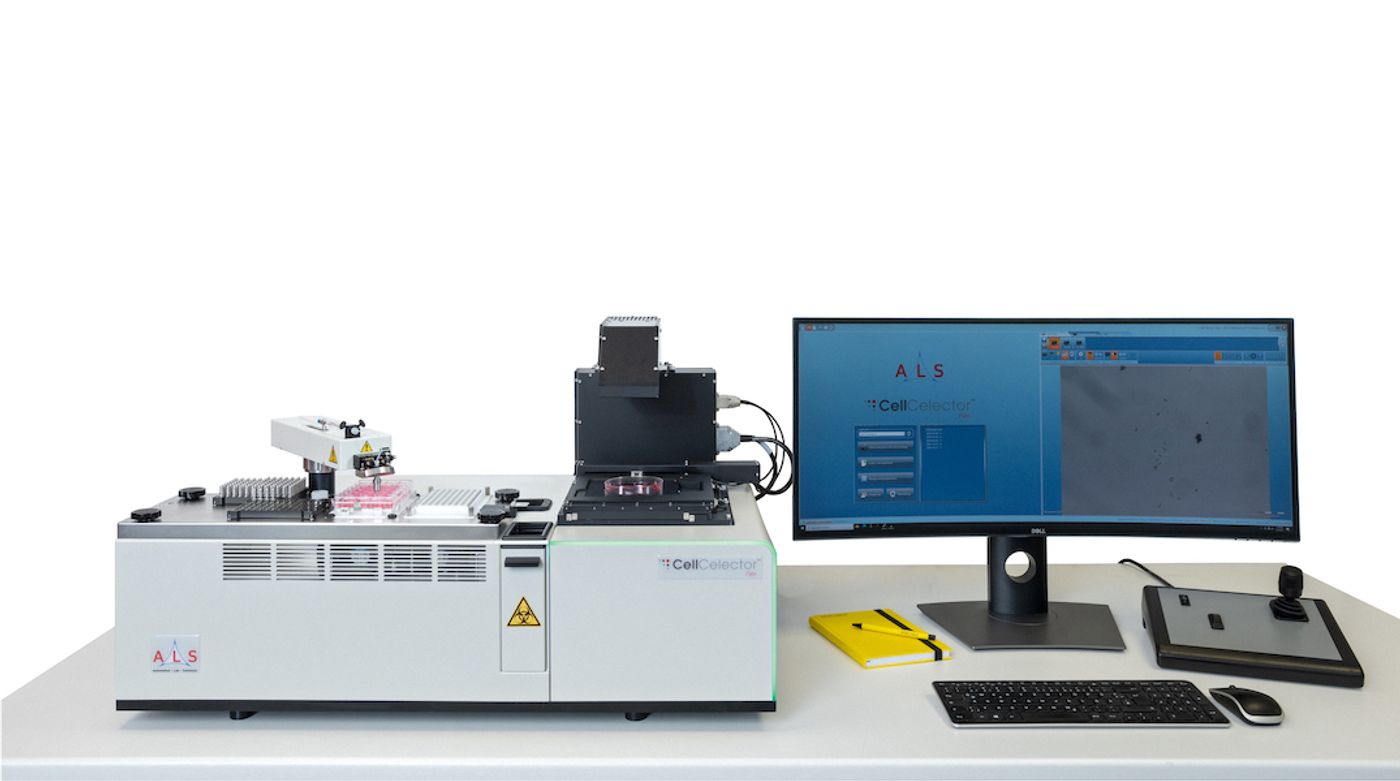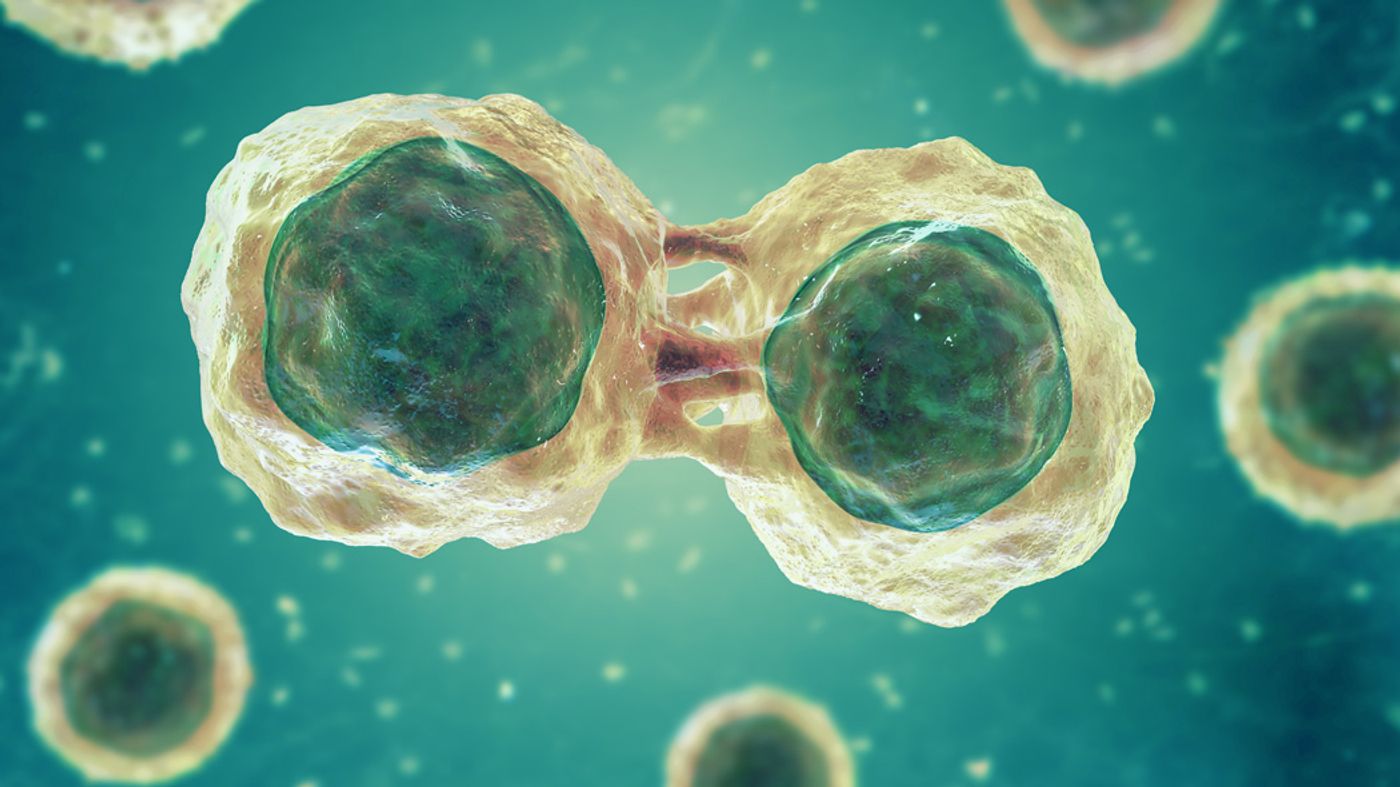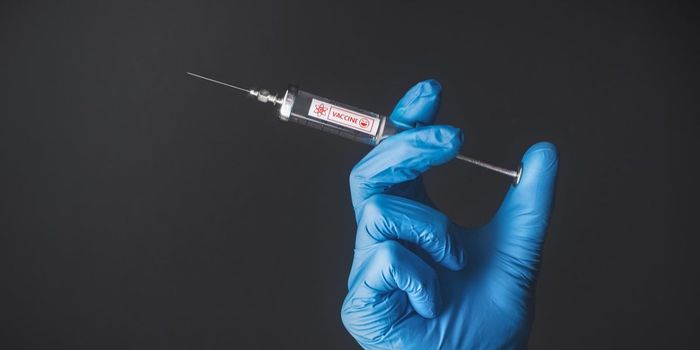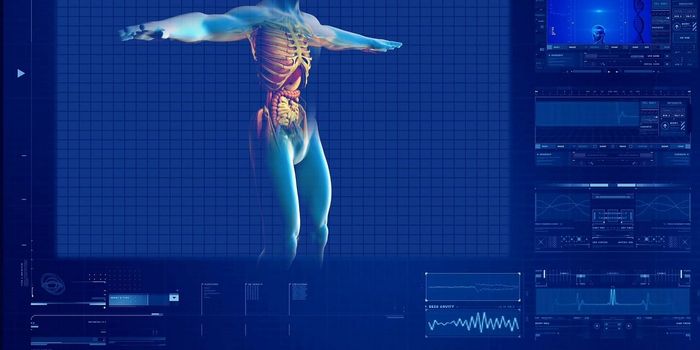Demystifying the Art of Stem Cell Isolation and Picking
Stem cells are valuable to a wide range of biomedical and pharmaceutical research applications because of their high self-renewal and differentiation potential. But working with human stem cells is not easy. For starters, they are high-maintenance and expensive to culture. They also need to be constantly monitored, to ensure they remain pluripotent, viable and homogeneous. In order to set yourself up for success, firstly, you need a precise and gentle way to isolate stem cells.
Challenges of stem cell isolation
Stem cells are cultured in the lab using specialized “recipes” that vary depending on the application. For example, adult cells can be reprogrammed into pluripotent stem cells (iPSCs) by adding cofactors like Oct3/4, KLF4, Sox2 and c-Myc1. Along the way, stem cells are isolated for routine testing to make sure they have the expected features.
As impressionable as they are, stem cells are easily influenced by their environment and are especially vulnerable during isolation and transfer protocols. Releasing adherent cells by enzymatic digestion, for example, can cause stress and unintentional differentiation of freshly-reprogrammed stem cells. Manual scraping with a pipette tip or cell scraper is another way to remove cells. But, getting it right takes time and practice. If you want to limit perturbation to cells and its unintended consequences, then automation is the way to go.
Automated retrieval of stem cells
Image-based automated techniques for cell detection, isolation and retrieval minimize workflow steps and help to maintain the viability and delicate programming of stem cells. Some systems have specifically designed picking modules for adherent cells and cell colonies that are extremely gentle, while also highly specific, making them perfect for automated clonal passaging of stem cells, stem cell colonies as well as isolating specific parts of a stem cell colony. Automated platforms, like CellCelector can significantly simplify workflows in common stem cell experiments, such as clonal isolation, colony forming cell assay, and doublet splitting.
Clonal Stem Cell Picking
In cell line development, genetically-engineered cells must be separated from a heterogenous population of unwanted cells. This also applies with cell lines developed with iPSCs, which are widely used for disease modeling, drug testing and regenerative cell therapies.
For instance, in the development of iPSC-derived allogenic therapies, the sourced cells are first re-programmed into iPSCs and banked. Next, the banked parental iPSCs are further genetically modified depending on the desired therapeutic product. This is when single clones showing the optimal characteristics are isolated for manufacturing. An automated, image-based system can easily identify and isolate viable, newly-derived iPSC colonies gently, and without any cross-contamination from neighboring clones.
 Hematopoietic Stem Cell Colonies
Hematopoietic Stem Cell Colonies
Another common assay in stem cell research is the colony forming cell (CFC) assay. This test is used to measure of how well hematopoietic stem cells can differentiate in semi-solid media. Essentially, stem cell colonies are picked from semi-solid media to study enumeration of myeloid versus erythroid colonies, differentiation state, gene expression profiles or gene mutations.
Extracting viable cells from semi-solid media, like Matrigel, can be difficult. The medium is hard to manipulate, often requiring additional steps to dissolve the matrix components, which can affect the health and differentiation status of stem cells. Specialized picking modules on some cell retrieval platforms can accurately isolate colonies from a variety of media to study differentiation state, gene expression profiles or gene mutations.
Hematopoietic Daughter Cell Splitting
In lineage studies of hematopoietic stem cells (HSCs), one way to understand cell fate decisions is to study the “daughter” cells originating from one “mother” HSC at the single-cell level. This involves isolating single daughter cells in a process called “doublets splitting”, followed by molecular and functional tests, like single-cell sequencing or transplantation assays.
Dilution- and FACS-based methods for isolating daughter HSCs cells are time-consuming and may influence the cell’s programming. Daughter cells are also very low in number, making them hard to capture using traditional approaches. Advanced systems with interactive picking modes allow for easy and precise splitting of doublets, with real-time visualization.
 Transforming Stem Cell Research
Transforming Stem Cell Research
CellCelector Flex is an automated, image-based single-cell isolation system that fully supports stem cell research with fast, yet gentle picking of single stem cells, stem cell colonies or partial colonies. Compared to manual methodologies, automation provides higher viability and outgrowth rates, without influencing the cell’s molecular programming. Importantly, the process is fully documented, allowing complete traceability.









